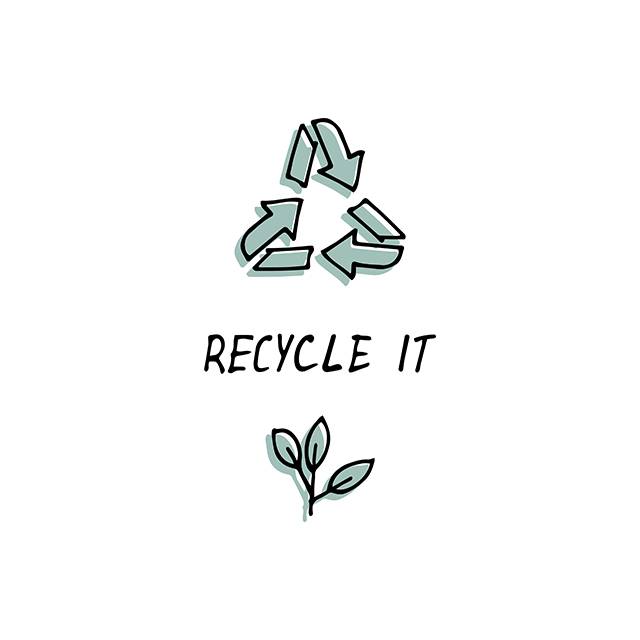In this pandemic, Sustainability became a new buzzword for the fashion industry.
A whole lot of articles were published on insideapparel.net about Sustainability.
I also wrote a couple of articles on Fast Fashion, emphasizing on wastage of natural resources.
To survive and to keep the cash registers ringing, for Brands it became easy to rattle off a list of buzzwords popularized by the sustainability movement: “ethical,” “organic,” “conscious,” “transparent,” even “sustainability” itself.
But such words have been falsely slapped on collections and production processes by brands looking to attract the new, more mindful consumer. Whether initiatives are actually what they say they are is increasingly hard to tell — and accountability seems to slip away as soon as an “ethically-made” label is branded onto clothes.
The reality is Clothing, in general, has complex supply chains that makes it difficult to account for all the emissions that come from producing a pair of trousers or tee shirt. Then there is how the clothing is transported and disposed of when the consumer no longer wants it anymore.
With sustainability seemingly becoming less of an actual goal and more of a marketing strategy for brands, consumers are left to grapple with major moral questions: Are the products they are buying green? Or are they just painted that way?
Words —Sustainability, Eco Friendly, Socially and Environmentally conscious — are, at the moment, some of the buzziest in the industry — they give both emerging and established labels a newfound do-good, feel-good purpose that goes beyond simply selling clothes and raking in a profit.

What does sustainability even mean for Brands?
Certainly, growth for growth’s sake and ever-rising sales seem irreconcilable with true sustainability, so perhaps we need to ask exactly how brands are framing sustainability in the first place.
Many brands are thinking about sustainability in terms of their operations when they should be thinking of it in terms of the environment.
That is what the word was supposed to be defining: sustainability for our ecosystems, for our resources, for our human labor.
They are part of this large machine that requires them to overproduce and relies on the insecurities of the public that over-purchases.
To target the real issues ― overproduction and overuse of finite resources ― fashion brands must slow down, but less production means that there will be fewer funds to support their operation, and as long as the outcome of slowing down is less profit, brands are unlikely to embrace that particular solution.
But really, what does it all mean? One emerging brand can claim itself as sustainable for harnessing the talent of artisans around the world to create handcrafted pieces instead of employing labor from a factory; another, for sourcing organic cotton or recycled materials, even as a fast-fashion giant. They are different, yet they are both sustainable.
Is one better than the other? And who determines that?
The biggest problem is the lack of standardization across the board. There is standardization in the food industry which has a governing body, like the USDA, to certify whether a product is organic, but nothing exists for the fashion industry.
Fashion lags behind food and beauty because there is a less personal investment.
People are more motivated by a personal impact rather than environmental. It is easier to get consumers engaged with food because it is something that goes in your body; with beauty, it goes on your skin. Clothing is one step removed.
Plus, it is incredibly confusing. If designers struggle with the complexities of sustainability, then how can we expect consumers to figure out which issues to care about? The more difficult we make it for consumers, they are more likely to tune out and not even bother — the industry must take on the responsibility of what 'good' looks like.
It is difficult to determine whether it is environmentally better to source organic cotton overseas or non-organic cotton grown locally? There is no way to determine which is less toxic.
For me. Personally, it is a genuine feeling that being sustainable in the fashion industry is a total joke. You can never really do that whilst at the same time you also need to take care of thousands of employees. Have we not seen how difficult it is to regulate them on wearing a mask, let alone teaching the concept of sustainability?
Applying the concept of sustainable fashion in the factories is hard, first, you need to think about how to pay a living wage and the safety of the workers, then you also need to think about the output of the products, in this case, the textile we made. Also, we know that we cannot make a high price for the fabrics as most of the brands that buy garments has the B to C target consumer market, and they could not sell their brand at a high price.

When it comes to marketing, there are many reasons why “ethical fashion” does not carry the same weight that other terms, which prick the ears of consumers who do like organic food.
Firstly, the faults with fast fashion are not immediately obvious to the average fashion lover. Plastic-based materials are hidden behind clever names not familiar to the average person, ‘made in Bangladesh’ tells you nothing about the lives of the people in the factory, and spotting signs of longer-lasting, quality-made garments requires a trained eye.
Furthermore, these problems do not have a direct impact on the consumer. That is not to say that there are no benefits in choosing clothing brands that operate more sustainably but we need to emphasize them more, to make choosing them more appealing. If you can frame your ethical initiatives in a way that adds value to your customer first, in the same way, craft beer has battled the banality of the average pub’s offering and non-toxic beauty offers reassurance from the scary chemical ingredients list on the back of most skin care products, it begins to make sense to shoppers in multiple ways.
Shifts within the fashion industry are happening, but as long as overproduction is the most profitable path, brands, as we have seen, are unlikely to hit the brakes and become truly sustainable. Huge system change, not huge growth, is what will lead the fashion industry into a more sustainable future.
The Brands think if consumers do not care — or are not aware — of sustainable fashion’s sad reality, change will not be able to happen. Not only should citizens educate themselves on what they are consuming, but they should study how exactly those products were made: Fashion goes deeper than just looks. And since research suggests brands listen most to money, citizens hold more power than they think, wielding economic control over businesses.
We cannot rely exclusively on citizens to police brands, nor can we buy our way to a better future. And while legislation is slowly moving towards more environmentally friendly solutions, where are consumers to turn now?
RELATED TOPICS:#Apparel,Sanjay Lal
Leave a comment
Our email address will not be published. Required fields are marked *







2 Comments
Mukul ThamanMar 20, 2022 at 08:20 am
Great article...with clear insight into Sustainable Clothing!!!
Maj Gen Ranvir YadavMar 19, 2022 at 14:44 pm
Very informative n intresting article.